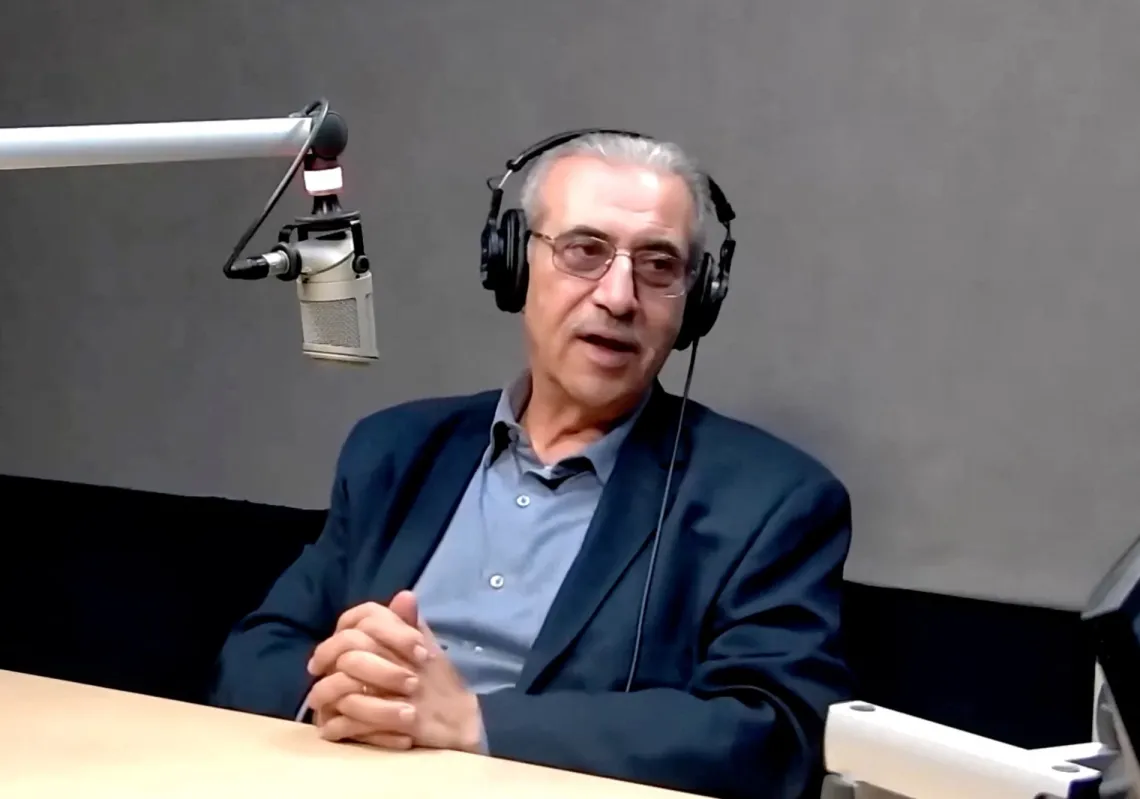Egypt is moving to the forefront of the pharmaceutical market, ramping up production of finished treatments and raw materials used in them as part of its plans to reduce its national import bill.
Its ambitions will reduce drug prices in the country as production costs fall and it heads toward its ambition for self-sufficiency in pharmaceuticals. It is already the largest producer – and consumer – in the MENA market.
Egypt set up a pharmaceutical drugs city – GYPTO Pharma – in 2021 to host international manufacturers of medicines for domestic use, to address a shortage of some drugs on the domestic market at reasonable prices, and for export. It aspires to be a regional manufacturing hub.
There has been some success so far. It is already the largest pharmaceutical manufacturing site of its kind in the Middle East. With growth powered by cooperation with international companies, exports to African, Middle East, and Arab countries have opened up, with Europe on the horizon.
Pharmaceutical exports exceeded the barrier of $1bn in 2023, until the end of October 2023, for the first time in the history of the Egyptian Drug Authority, which has taken the country to the threshold of a medicine manufacturing boom. There are 191 factories up and running, with others under construction.
Meanwhile, Egypt's pharmaceutical imports have dropped by around $500mn from last year until the end of November and by around $700mn compared to 2021.

The government aims to boost exports of medicines and medical supplies to reach $5bn by 2030 and seeks to target purely Egyptian-made medicines with origins in the research of Egyptian scientists.
This ambition has shaped a policy known as the “Third Roadmap of the Pharmaceutical Industry”, which has been in effect since early 2021.
Knock-on effects
The fluctuations in Egypt’s currency have impacted the performance of pharmaceutical companies.
Some firms that used foreign currency in their transactions, which gave them more purchasing power, saw a boost in their profits. Others — on the wrong side of the broader foreign exchange market movements — took a hit.
Then, the war in Gaza stoked further international turbulence in global markets. Egypt faces direct pressure via the Sinai, which borders Gaza, and the Houthi strikes on Red Sea shipping, which cut traffic through the Suez Canal by 40%, roiling the national economy and making imports needed by pharma companies more difficult.
Read more: Taking a pounding: Egypt's economy hit by regional tension
This demonstrates how regional conflicts in the Middle East can negatively impact Egypt.













